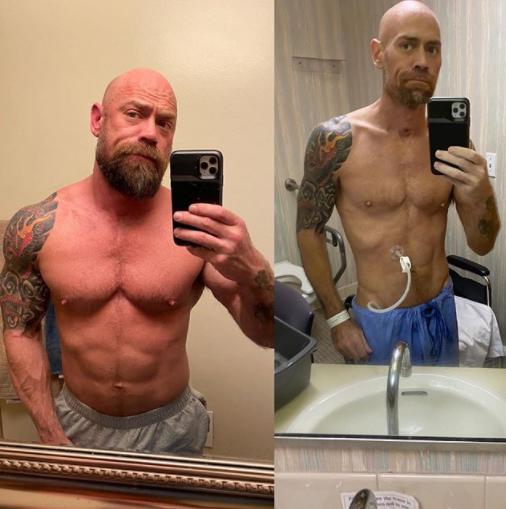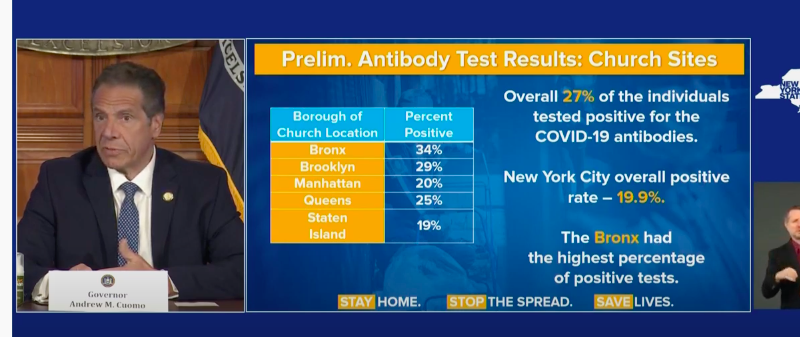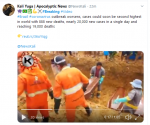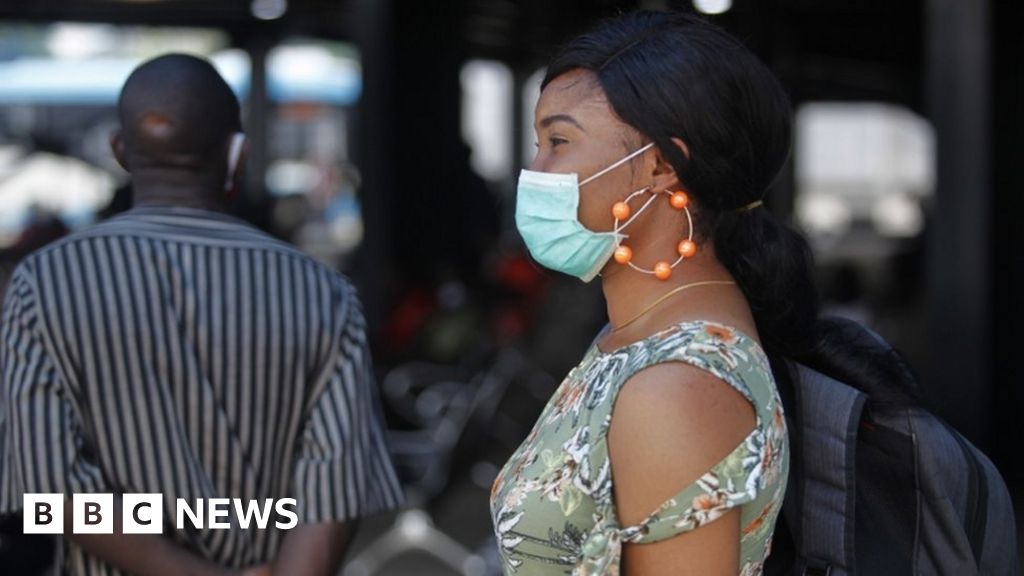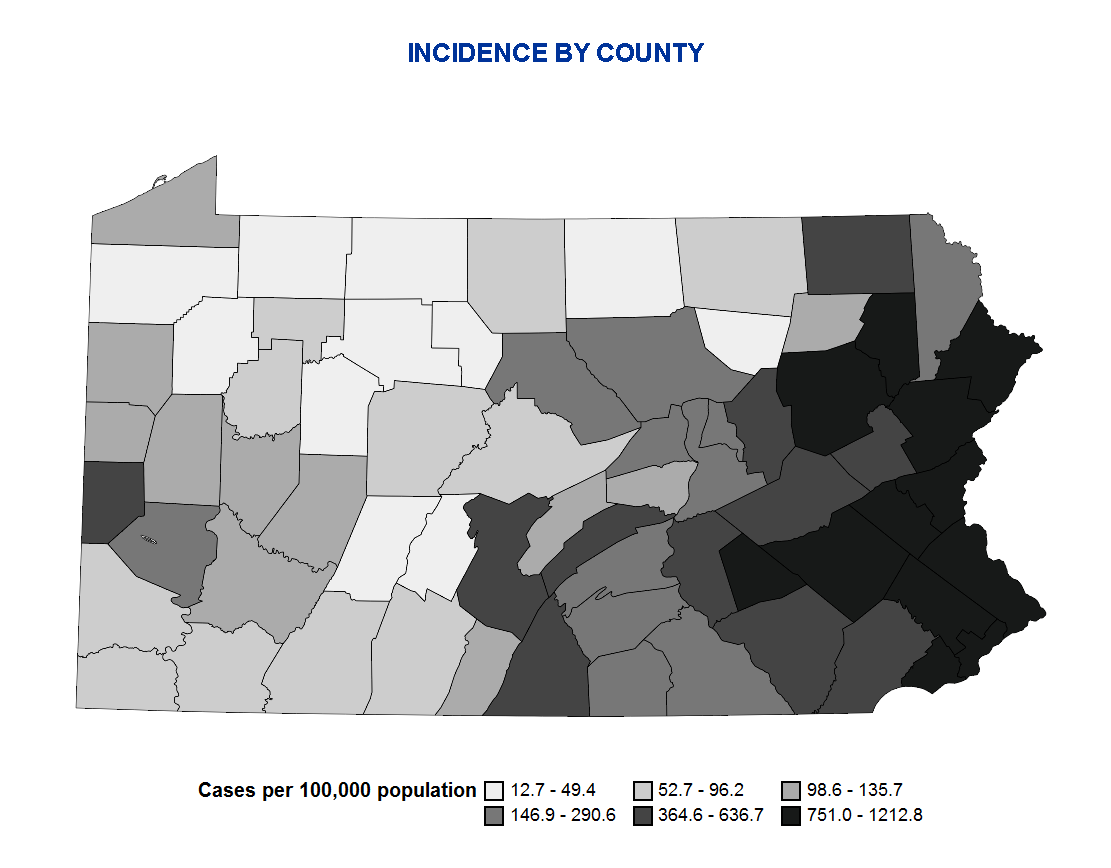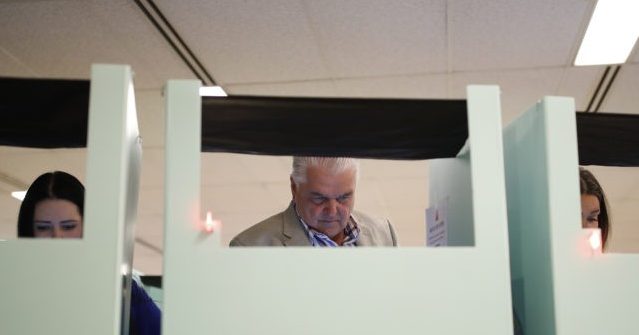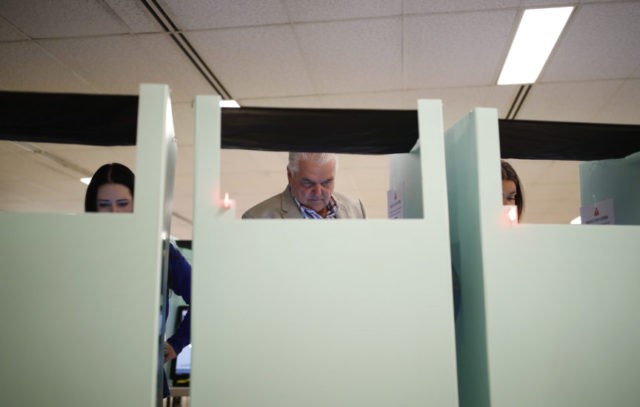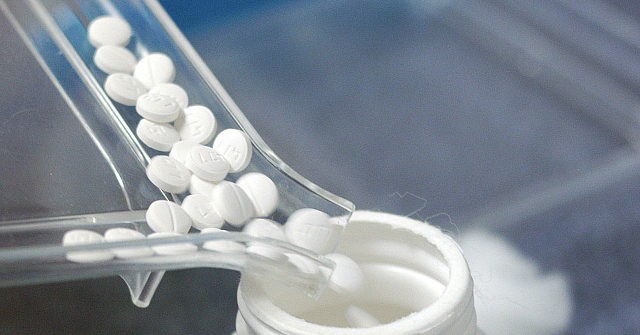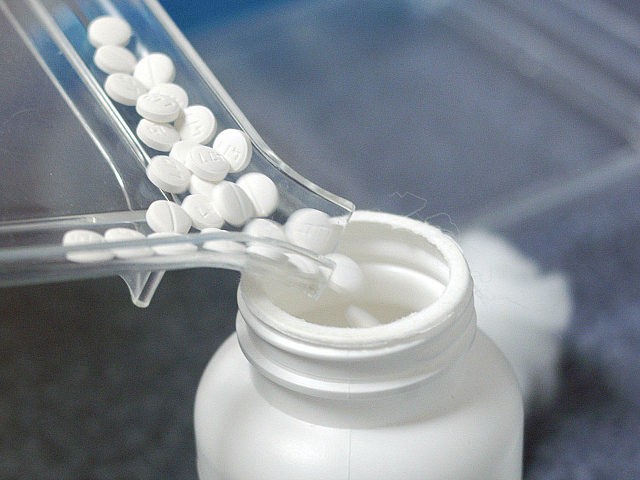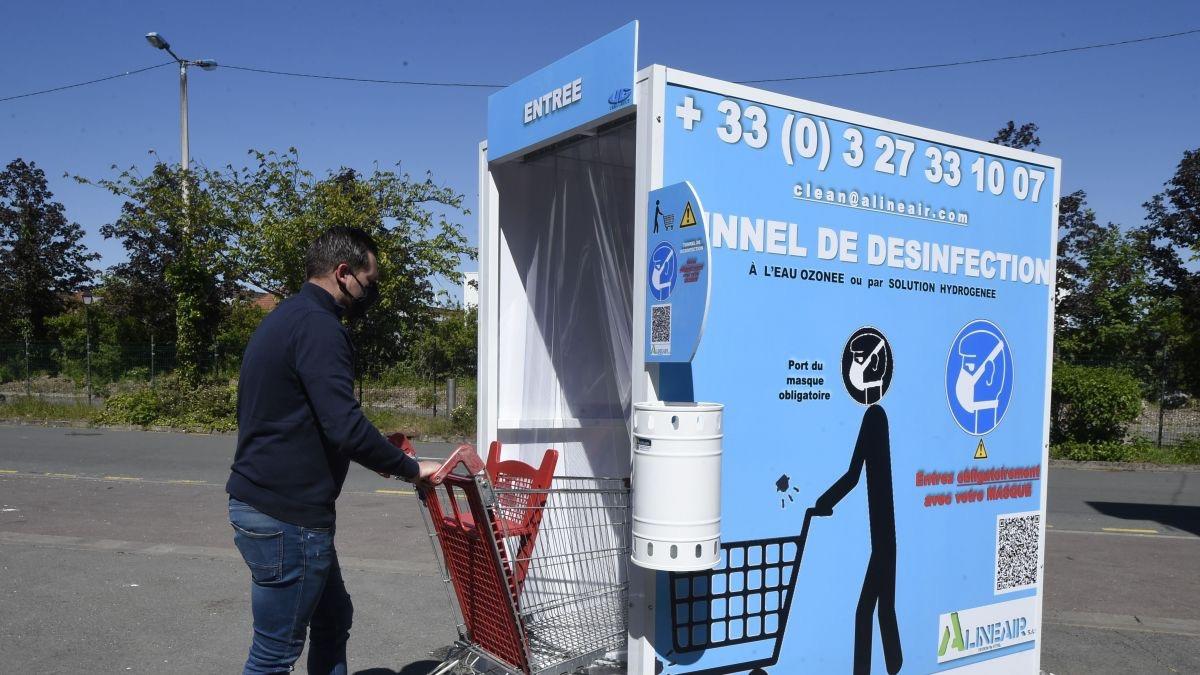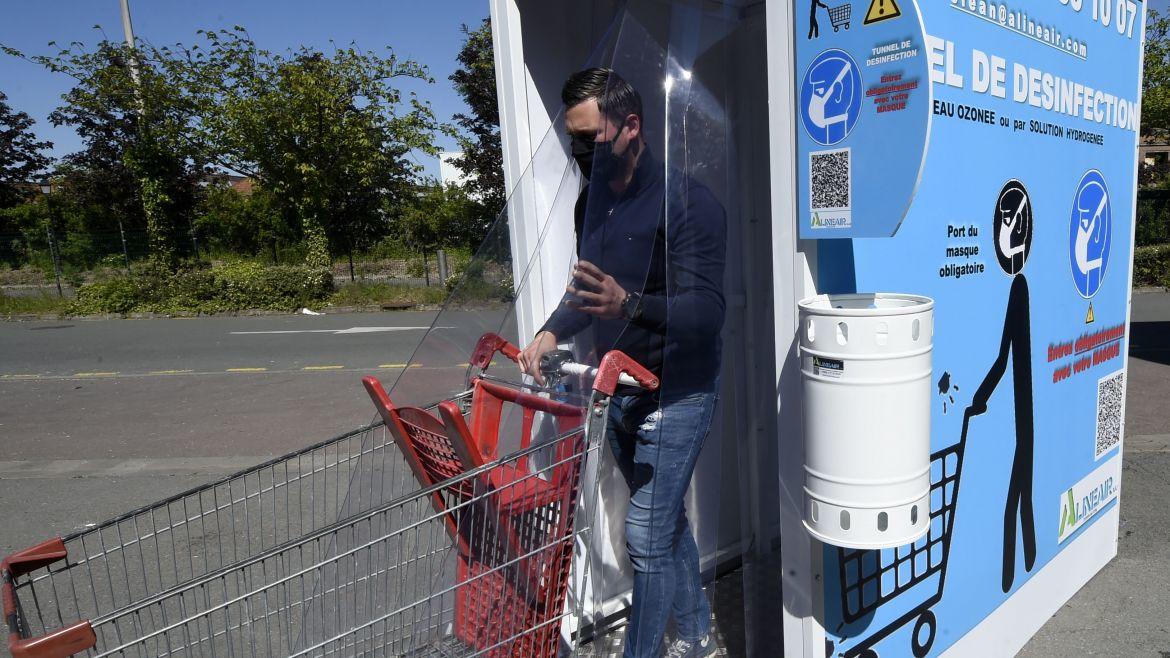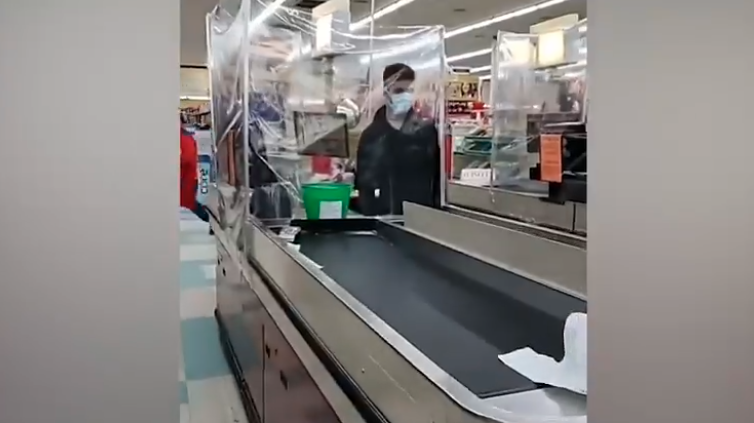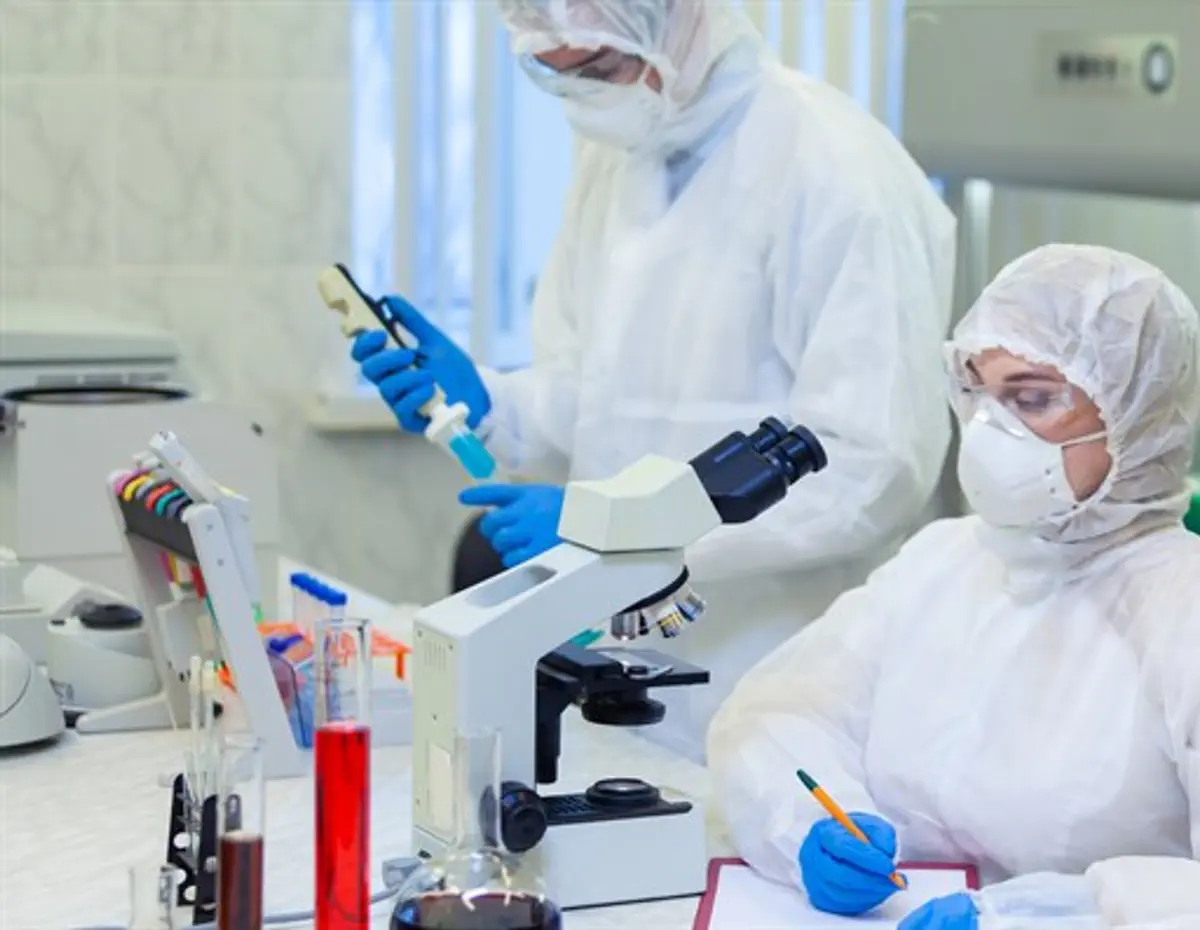The pandemic isn’t just going to change how we live—it’s going to dictate where we live, too.

www.politico.com
(fair use applies)
How Coronavirus Could Make People Move
The pandemic isn’t just going to change how we live—it’s going to dictate where we live, too.
By PARAG KHANNA and KAILASH K. PRASAD
05/13/2020 04:30 AM EDT
The coronavirus is upending our jobs, canceling our pastimes and messing with our social lives. Some of these effects might linger for months, even years, becoming the new normal. But the pandemic isn’t simply likely to change
how we live—it could also alter
where we live.
As we contemplate all the ways that Covid-19 could change the world, big and small, we should consider that the pandemic’s combined effect on public health, the economy and social behavior may cause fundamental shifts in our human geography. Why choose to stay in a crowded city where body bags piled high during the worst parts of the pandemic? Why especially, when Covid-19 has shown many employers that remote work is a serious possibility?
This may seem ironic given the unprecedented current global standstill: Migration has ground to a halt. Chinese have returned to China, Americans to America. Trump is signing an executive order to ban almost all immigration.
But the tide of migration is a force as intrinsic to human nature as climate change is to the planet. And right now, like passengers clamoring to get off the cruise ships stranded at sea for the past several months, mankind more than ever is itching to move out of dangerous areas. Indeed, most of humanity today is a bit like those cruise ship passengers: densely packed into areas known as cities. And just as many people will think twice before getting on a cruise ship again, so too will many rethink where they presently live depending on how their city, or country, handled the pandemic.
We are about to witness a great experiment. The world population has temporarily reset according to nationality or country of residence. At some point (hopefully soon), the lockdown will end. Travel restrictions will be lifted, and planes will start flying again. At the same time, people may end up with more say over where they live than ever before, as companies consciously choose to maintain low overhead, canceling real estate leases and favoring the lower overhead cost of virtual teams. In this new normal, where will people buy one-way tickets from … and to?
Public health is top of mind, and reason No. 1 why people might be looking to make a move. The coronavirus pandemic has divided the world into “red zones,” which failed to effectively test, quarantine and treat Covid-19 patients, and “green zones,” which performed well under the circumstances and flattened the curve. The daily news tells us which is which—and can help you choose which green zone to move to.
Chances are, you might want to abandon crowded cities. It’s now obvious, if it weren’t before, that staying in big cities can be bad for your health. The density of social contact in urban areas—home to almost
60 percent of the global population—makes them Petri dishes for the spread of contagious diseases. The Covid-19 “attack rate” in New York City
was five times the national average. (Similarly, depopulated Eastern European countries have far lower fatality rates from Covid-19 than more densely populated Western Europe.)
Of course, some cities are stickier than others. New York City may have become the Wuhan of the Western Hemisphere, but that doesn’t mean that most New Yorkers won’t stay and lobby officials to be better prepared for future catastrophes, whether viruses or hurricanes.
But other cities might not be so lucky. Milan, Madrid, Tokyo and Seattle are other wealthy, modern cities that have nonetheless become virus hot spots. Their appeal to professionals may diminish given their high cost of living and potential underpreparedness for the next virus wave.
Plus, if you’re going to be regularly quarantined, it might as well be someplace where you can enjoy a nice walk in nature. As Silicon Valley venture capitalist Balaji Srinivasan put it in a pithy tweet, “Sell city, buy country.”
He meant “countryside,” but it might not be a bad idea to change countries altogether. For example, America’s smaller second-tier cities and towns might be less dangerous if you’re worried about a pandemic spreading, but they don’t offer better medical care than wealthier cities; and, in the rural United States, health care can be much worse. By contrast, in countries with proper national health systems such as Canada, Germany and Britain, there is greater parity in medical care across the nation. Texas has been attracting droves of Rust Belt migrants since the financial crisis, but in terms of medical care, you’d be better off in Canada’s cowboy province of Alberta.
Furthermore, countries that signal significant investments in improving health care moving forward will attract mobile millennials and Gen-Zers who are looking for places that will ensure their well-being as they get older. But that might not always work: Even if Italy, Iran, Brazil and other countries whose municipal and federal governments have been overwhelmed by the virus seize upon public health as a national priority in the coming years, it’s a safe bet that Italians, Iranians, Brazilians and others who lived through similar chaos will still try harder to emigrate.
It is also worth exploring whether countries with low population density and less intensive participation in global supply chains are safer places to live. The areas at roughly 27 degrees latitude have the highest concentration of the world population, and thus are inherently more vulnerable to pandemics than less dense latitudes. By contrast, countries north of 50 degrees latitude—such as Canada—have a relatively low infection rate. Russia, though, which shares Canada’s latitude, has recently seen a spike in Covid infections and now ranks fourth in Europe in total cases.
In the Southern Hemisphere, New Zealand has a very low infection rate, and has the added virtue of being able to cut itself off with relative ease. But whereas New Zealand is hard to reach, Canada, which has an enviably effective health care system, has become an immigration superpower. In 2018, its net immigration was 350,000, higher than America’s 250,000 even though Canada has 1/10 the U.S. population. About 1 million Americans already live in Canada, with numbers
ticking up since Trump’s election. In the years ahead, more Yanks may head north and become Canucks or move even further abroad. As one real estate executive mused on a webinar, “My job is selling U.S. properties to foreigners, but I’d be better off selling properties overseas to Americans.”
Health care isn’t the only factor that will motivate our next moves. Cost of living is a decisive issue as well. For youth, especially, the coronavirus economic shock is proving far more devastating than even the financial crisis. A decade ago, baby boomers and Gen-Xers who were foreclosed upon in the Northeast and Rust Belt migrated to the Sun Belt, many resettling in cheaper states and some becoming homeless. Looking ahead, millennials and
Gen-Z—most of whom work in the gig economy—can’t afford to stay in place waiting for “the economy to reopen,” especially when they know that far fewer jobs are likely to be created than hoped. Indeed, New York, Los Angeles and Chicago—America’s three largest metro areas—have been losing people for nearly a decade. Some of the outflow has been backfilled by new arrivals, but not enough to keep population levels in those cities from dropping. A new inflow of arrivals into our most expensive cities is far less likely today, with unemployment potentially hovering at 20 percent for the foreseeable future and immigration grinding to a halt. Populations in America’s largest and most expensive cities could plunge.
Yet another reason to pick your next place of residence carefully: food supply. Climate change has introduced constant volatility into our agricultural systems. Droughts have been ravaging crops in the world’s largest food producing countries—the U.S., Brazil, India, Australia and China. In recent weeks, the coronavirus has only added stress to our agricultural supply chains. Farms from California to France are short of seasonal farm workers, leaving high-quality crops to rot. Major food producing countries such as Russia as well as smaller ones like Serbia have begun to ban the export of wheat, vegetables and food oils. This April, rice prices
reached a 7-year high as the pandemic drove many to stockpile food supplies. The United States is facing a widespread
meat shortage, as the virus requires closure of meat processing facilities.
Food shortages can be devastating: A decade ago, Russia’s wheat export ban sent prices skyrocketing for some of its largest customers. Six months later,
revolutions driven by rising food prices engulfed Tunisia and Egypt. Even if commodities markets stabilize, countries self-sufficient in food and water will have greater appeal. Look for places that are investing in drought resistant crops as well as new hydroponic food production for everything from lettuce to fish farms and plant-based proteins.
Migration has numerous fundamental drivers that have profoundly remapped the human population in just the 75 years since World War II. Demographic imbalances and labor shortages have pulled workers and their families from Latin America into the U.S. and from Turkey into Europe; conflict and civil war have pushed tens of millions of refugees from Central and South America, as well as Afghanistan and Arab nations, into North America and Western Europe; the simultaneous dislocations emanating from the offshoring and automating labor, coupled with the financial crisis, have forced millions to relocate as well; and climate change has already created more refugees and internally displaced peoples than warfare. Not only are all of these factors still acting strongly upon humanity, but they are now interacting in complex ways with one another. And now we have the coronavirus thrown into the mix.
Imagine millions of Iranians fleeing into Turkey or the Central Asian republics such as Uzbekistan; blue state American urbanites decamping en masse to red states such as Oklahoma; and Chinese pushing across the Amur River into Russia. The coronavirus won’t necessarily be the main cause of these potential demographic flows, but it could trigger these next migration tides.
A once-a-century (or even once-a-half-century) pandemic is probably not sufficient cause to move to Greenland, but the many awakenings the coronavirus has brought may well inspire millions of people to eye Earth’s bounteous and uninhabited places as ideal for a fresh start. The brilliant Duke University mathematician Adrian Bejan argues that all natural systems seek entropy, the diffusion from a concentrated point to a broad area. From the Big Bang that created our endless universe to the shape of trees and the flow of water in streams, nature innately seeks to maximize its own flow. Mankind has spent the past centuries settling in dense cities in the temperate and tropical latitudes. The current pandemic is just one more reason why humanity may have reached a turning point.

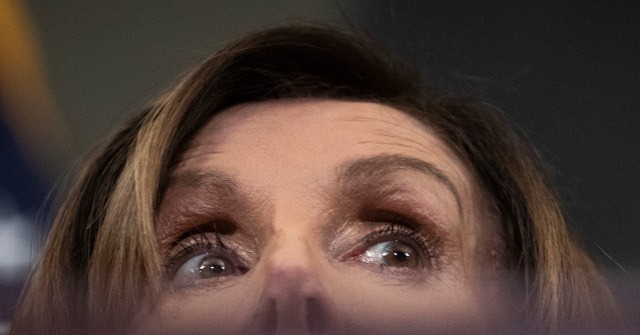

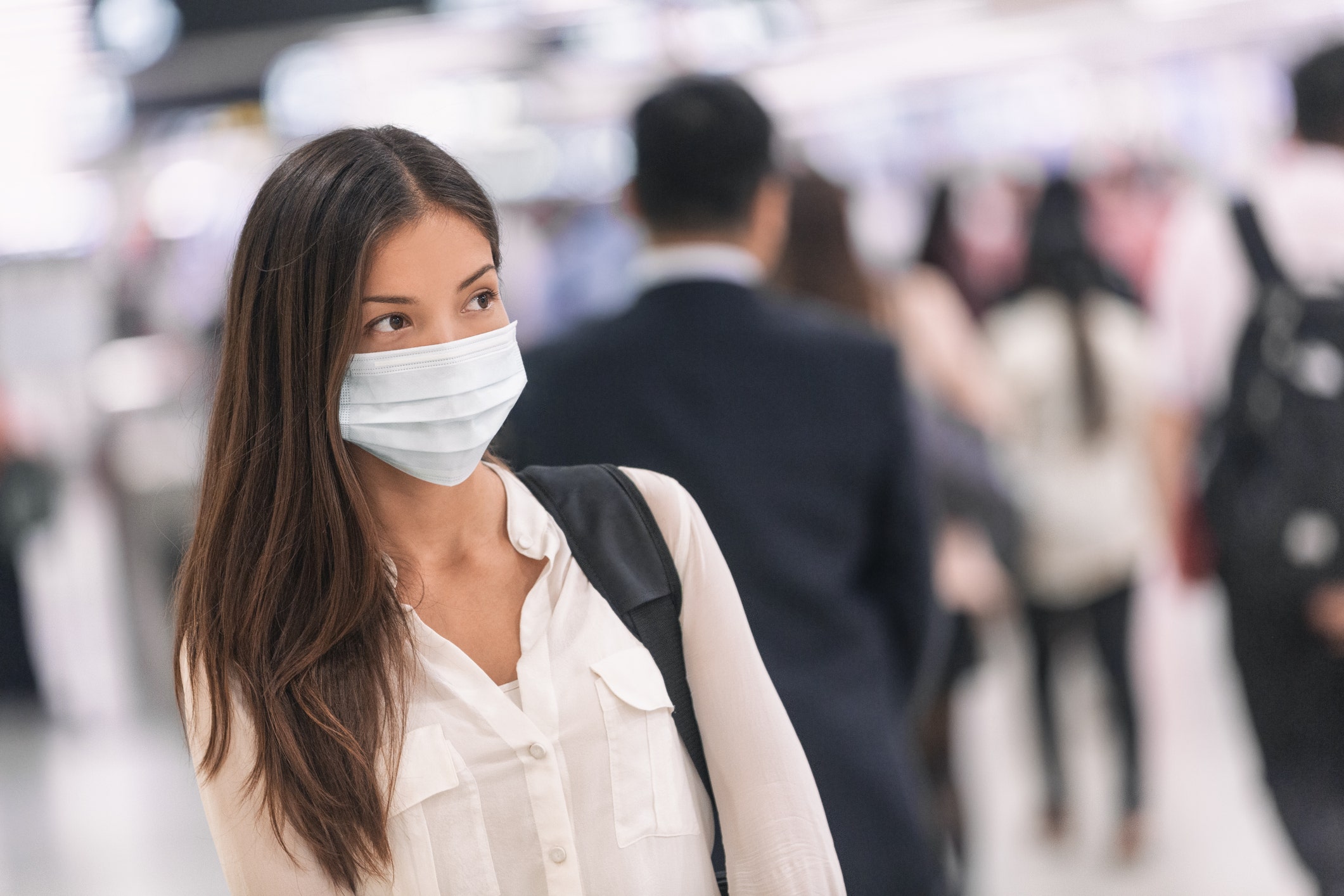
 Video
Video
